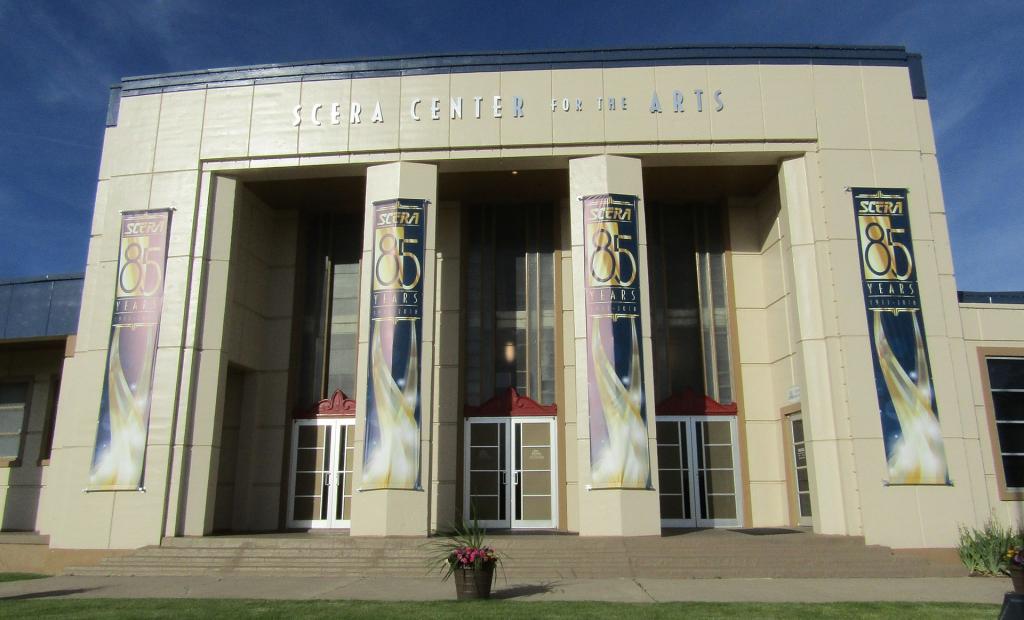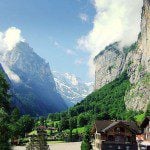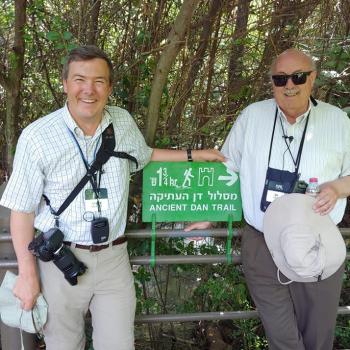
The LDS Film Festival 2020 opens next week. It will run from Monday, 24 February 2020, through Saturday, 29 February 2020, at the SCERA Center for the Arts in Orem, Utah.
***
One of my great regrets is that I’ve never, thus far, been able to attend RootsTech. Unfortunately, I have a job. Someday, though . . .
“RootsTech is less than a week away. Here’s what you can expect this year”
***
I tinker from time to time, when other more urgent (or tempting) obligations don’t interfere, with a book manuscript on The Physical Cosmos in the Qur’an. It is comprised of three distinct parts.
- The first part of the book will examine the Qur’anic doctrine of creation. The virtually universal consensus of opinion is that the Qur’an teaches creatio ex nihilo, that God made the universe out of nothing. I do not find this doctrine taught in the Qur’an. On the contrary, I read it as teaching creatio ex materia, that God formed the universe out of pre-existing “stuff.” So I will make that argument.
- The second part of the book — and, by a considerable distance, the longest portion of it — will systematically set forth the Qur’an’s conception of the structure of the physical universe. I will argue that its view of that structure is fundamentally the same as the view that was held by, for instance, the ancient Babylonians and ancient Israelites.
- The third part of the book will lay out what I regard as a simple Qur’anic natural theology, in which (for example) the regularities of nature, the recurring seasons, and so forth, are offered as signs pointing to the existence and, to some degree, to the character of God.
I just this morning picked up an old copy of Thomas Howard, Chance or the Dance? A Critique of Modern Secularism (San Francisco: Ignatius Press, 1969) that has been sitting forgotten in a box in one of the rooms of our house, and I was pleased to find this passage, which fits my Part Three very nicely:
The myth sovereign in the old age was that everything means everything. The myth sovereign in the new is that nothing means anything.
That is, to the darkened mind it did not mean nothing that the sun went down and night came and the moon and stars appeared and then dawn and the sun and morning again and another day, which would itself wax and then wane into twilight and dusk and night. . . . (page 12, italics removed)
And when they heard about a thing like resurrection, they could believe it, since they thought they could see the same thing (life issuing from death) in other realms — seedtime and harvest, and morning and evening, and renunciation and reward — and so what else did it all mean but that it is the way things are that life triumphs over death? (page 14)












